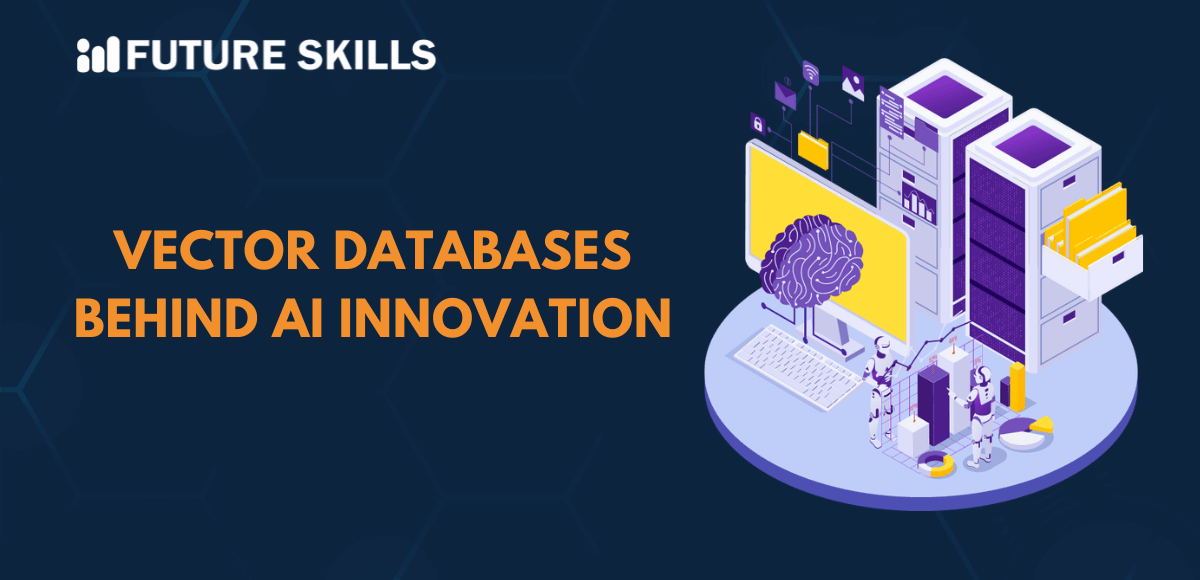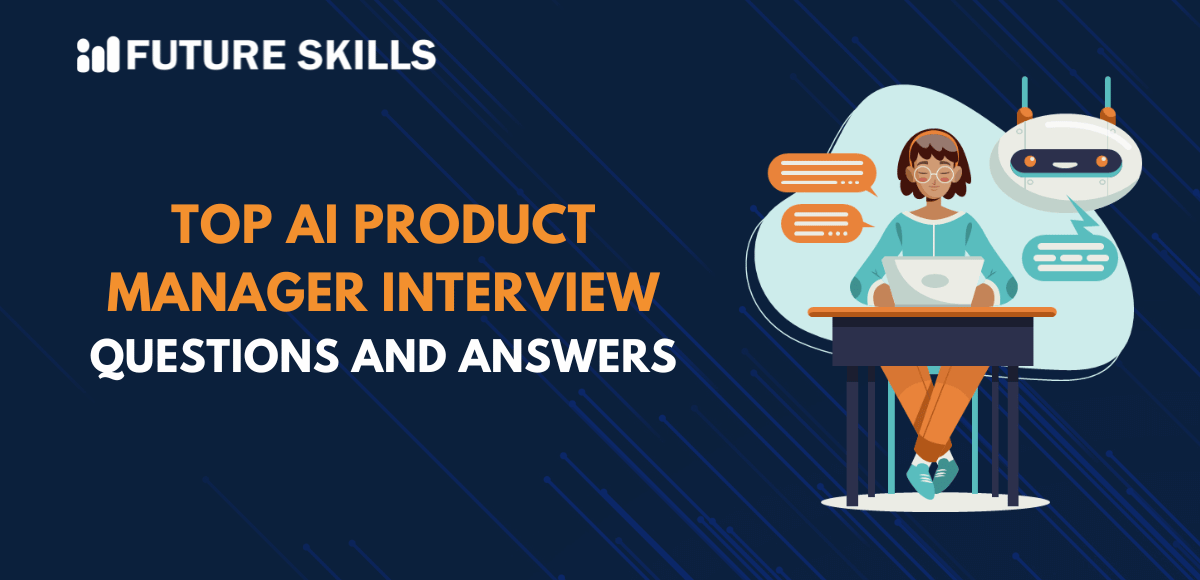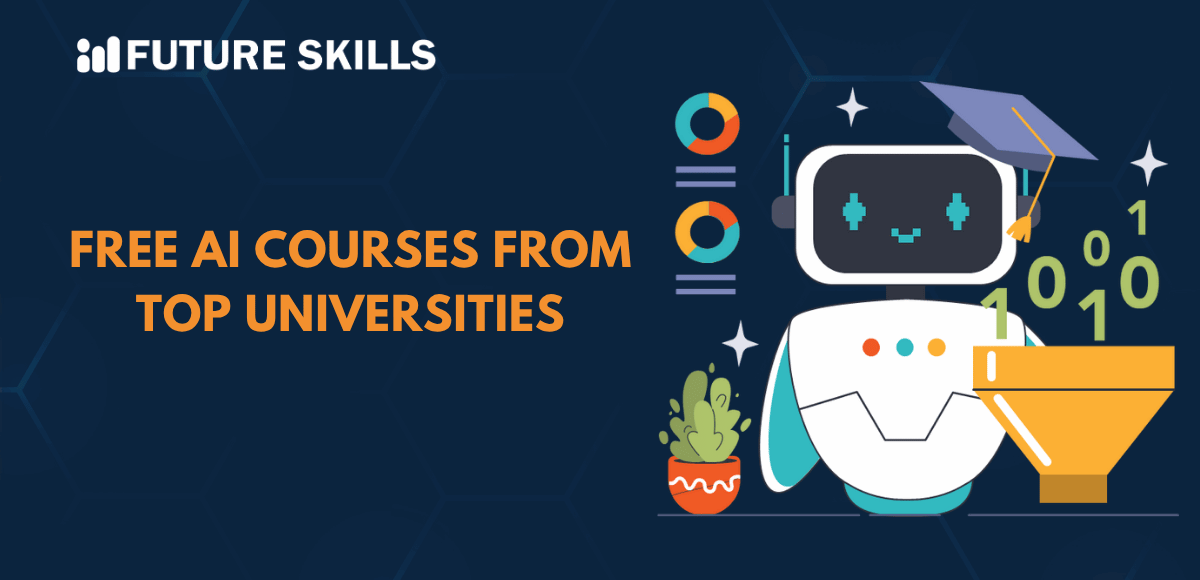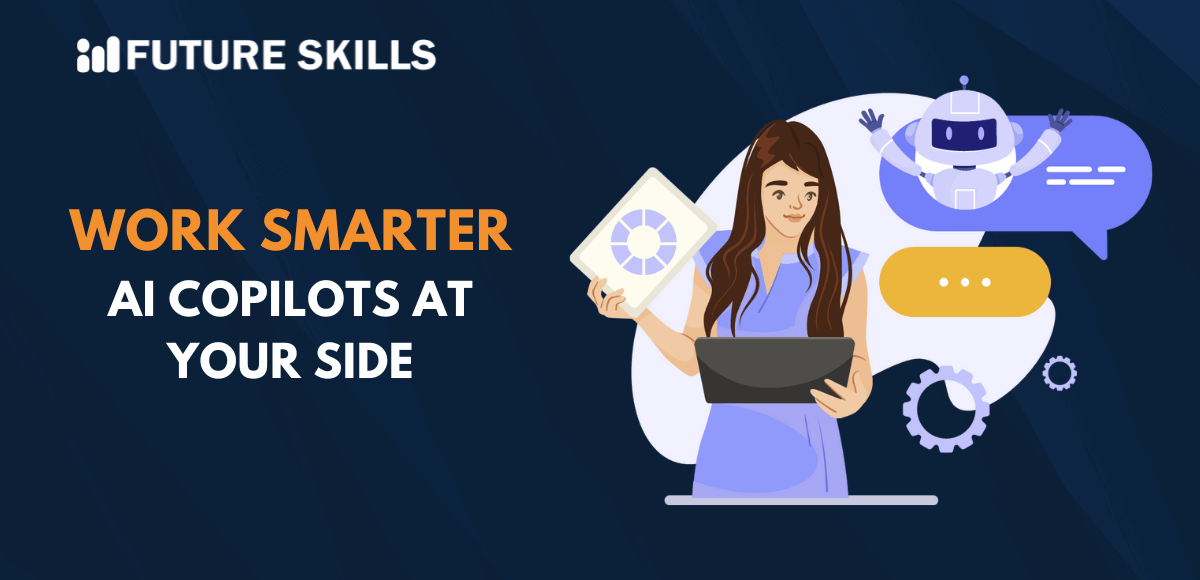The recent advancements of AI, especially in Large Language Models and generative AI, are quite impressive. Generative AI systems such as Adobe Firefly and DALL-E for image creation, GPT-3 or BLOOM for text generation, and Jukebox or AudioCraft for audio represent a tremendous shift in AI. But the core of this transformation lies in a new type of database, i.e., a vector database, playing an important role of vector database in AI applications by allowing models to work with data in a conceptual manner.
Modern vector databases, which are optimized to store and retrieve vector representations of massive data, are key to the successful deployment of AI models. In this blog, we will talk about the vector database in AI, its contributions to AI, and also understand how it works.
Level up your AI skills and embark on a journey to build a successful career in AI with our Certified AI Professional (CAIP)™ program.
What do You Mean by a Vector Database?
Before exploring the role of vector database in AI applications, let’s understand what it means in the context of AI.
In simple terms, a vector database of AI is a purpose-built system that is designed to store and retrieve vector embeddings. These databases can offer the flexibility, performance, and scalability a team needs during AI application development.
Different from traditional databases that depend on simple filters or exact matches, a vector database utilizes ANN or Approximate Nearest Neighbour search algorithms to locate vectors similar to given queries.
The Mechanism of Vector Databases
To understand how these databases work, let’s break down the entire workflow of a vector database in AI.
-
Vector Embedding Creation
Raw or unstructured data is passed through deep learning ML models, and these models generate vector embeddings. Vectors can also be generated through data indexing and hashing.
-
Storing and Indexing
Generated vector embeddings are then stored in a vector database. The database then creates an index utilizing multiple algorithms such as IVF- Inverted File Index, PQ- Product Quantization, and HNSW- Hierarchical Navigable Small World.
-
Querying
When users submit a query or a search term, it is converted into a vector, and the database then retrieves similar vectors with the help of ANN search.
-
Filtering and Ranking
The model processes the data to display the final results. Results can be filtered using metadata like timestamp or category, and can also be re-ranked considering the similarity scores.
This process allows AI models to offer semantically rich and context-aware results in real time and quickly.
Now that you have explored how a vector database works, next, let’s talk about the role of vector database in AI applications.
Learn how ChatGPT and AI can transform your career and boost your productivity with the free ChatGPT and AI Fundamentals Course.
Understanding the Role of Vector Databases in AI Applications
All the modern AI-powered applications have a common foundation, i.e., Vector Databases. Here is how it powers modern AI applications.
-
High-Dimensional Data Management
Conventional databases struggle with processing complex data such as text, sensor readings, or images. However, vector databases perform excellently in this area. By storing data as high-dimensional vectors, they facilitate faster processing, empowering AI Models to effectively utilize intricate data.
-
Training Data for Modern Generative AI Systems
Massive vector databases generated from code, images, text, and other domains are the backbone of today’s generative AI models, such as GPT-3 and DALL-E. These sophisticated models understand the words by analyzing high-dimensional vector patterns, allowing them to generate context-aware responses and realistic images.
-
Accurate and Quick Similarity Search
Traditional methods depend on exact matches, but vectors in AI can find similar data points within the vector space based on their proximity. This is something crucial for various AI tasks such as image recognition.
-
Scalability
Vector databases can easily store as well as manage a huge amount of unstructured data. They can scale the data horizontally through additional nodes. That means even if queries or data volumes increase, you don’t have to worry about the performance of AI applications.
-
Real-Time Processing
Real-time data access and processing are vital for many AI applications. A vector database solves this by enabling faster retrieval of data. They ensure that algorithms and models have continuous access to updated information for informed decision-making.
-
Few-Shot Learning
With a well-structured vector index, AI models can learn new concepts quickly from a few examples. For instance, showing a model of cat images can help it grasp the visual concept through vector proximity. There is no need to spend time on extensive retraining.
-
Custom-Centric Recommendations
By combining content-based filtering and collaborative filtering, AI models, by leveraging vector databases, can offer highly personalized recommendations based on their queries, behaviour, and profile.
-
Better Threat Detection
As they have impressive classification capabilities to detect and measure similarities between a huge set of features, vector databases also power multiple AI-based cybersecurity tools. They can detect anomalous data instances to facilitate real-time fraud detection.
A vector database in AI can be considered as a crucial data layer, powering many advanced AI applications. Generative AI models can produce inaccurate outputs when the information is wrong or insufficient. Victor databases solve this. It can be used to supplement AI models with a powerful external knowledge base, ensuring the accuracy of results.
Some of the well-known vector databases are Milvus, Pinecone, FAISS or Facebook AI Similarity Search, Qdrant, and Weaviate- each offering unique capabilities in performance, ease of use, and scalability.
Enroll now in the AI for Business Course to understand the role and benefits of AI in business and the integration of AI in business.
The Future of Vector Databases
As demand for sophisticated AI models is rising, vector databases will become more crucial and are expected to play a major role in enabling intelligent and scalable systems. These databases have features of both innovative technologies and commodities. We can expect to witness several innovations in the future, like:
- Multimodal Indexing- Storing vectors from audio, images, and text simultaneously.
- Hybrid Search- Carrying out vector search along with structured queries and keywords.
- Secure Embeddings- Methods to secure sensitive data in vector databases.
- Advanced Search- Searching across cloud environments and various vector databases.
With vector databases, the possibilities are limitless, and the potential is immense.
Vector Databases: Expanding the Capabilities of AI Applications
Are you still wondering what is a vector database for AI? In short, this is a specialized database that helps to store and quickly retrieve high-dimensional vector embeddings. In this AI-driven world, these databases serve as a foundational layer behind the applications we are using today. They offer impressive advantages over standalone vector indexes and scalar-based databases.
The synergy between deep learning models and vector databases is gradually creating a future where AI can efficiently understand human languages, visual cues, and audio inputs. Whether you are developing a recommendation engine, chatbot, or just optimizing search, with the use of a vector database in AI application, it is possible to unlock deeper insights and offer smart user experiences. Strengthen your expertise in this evolving field by pursuing an AI certification.






